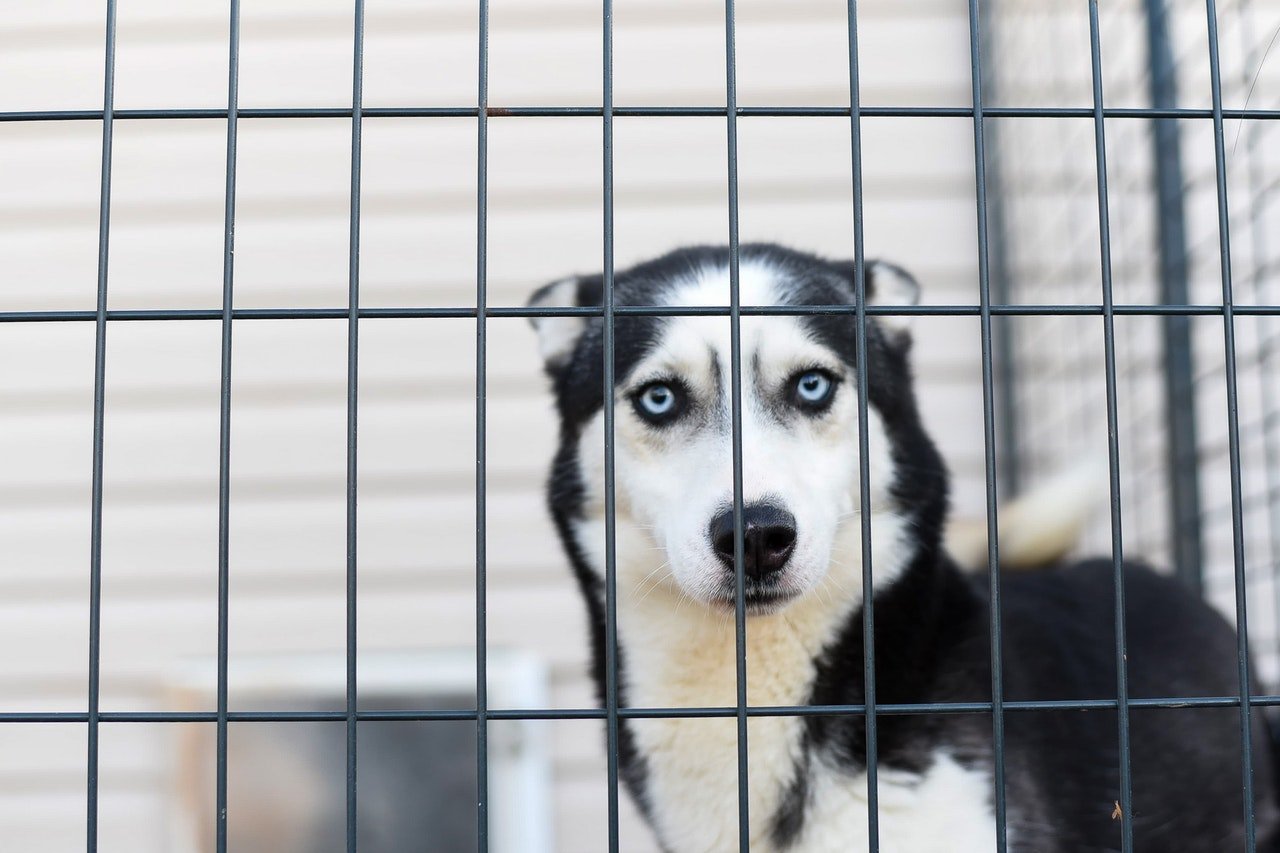Table of Contents
A dog cage is a great way to protect your pet at home and keep it safe. But not all dog cages are the same; each model comes with its own set of specific characteristics and advantages and disadvantages. How do you know which one is the best type for you?..
Choosing the wrong one can cause heartbreak and anguish. Before you buy, you need to answer some questions. Does your dog like to snuggle? Does he bark a lot? Are other dogs likely to attack her while she’s in her cage? All these questions need answers so that you can check pet cages here for your dog. This article will teach you about choosing a dog cage.
Size of Cage Matters
When choosing a cage, the first thing to do is measure your dog. If it is too small, the dog won’t be able to stand up or turn around comfortably inside of it. The dog will have too much room to roam around in its crate and get into trouble if it’s too big! When measuring your pup, remember that they will grow (puppies grow fast!), so always buy one size up from what they currently are if possible.
If you’re looking for a crate that will house multiple dogs at once, then you’ll want to make sure that the cages are large enough that they can all fit inside comfortably without being too cramped or having one dog being too far away from another member of their “pack.”
Here are tips on measuring your dog’s cage:
- First, measure the dog from nose to tail. It will give you a good idea of the length. Add 2-4 inches while measuring the tail, depending on the dog size.
- Next, measure the dog from the head top to the ground to determine the height. If you have a dog with erect ears, measure from ear tips.
- Add the two inches for dogs of smaller breeds and 4 inches for dogs of larger breeds to get the width of the cage.
Type of Cage Matters
There are different types of dog cages available. Depending on your dog’s size and breed, you may need to choose a different cage type than someone else in your situation.
Here are the types of dog cages:
- Plastic cages: Plastic cages are for travel either in cars or planes. Luckily they are easy to clean.
- Wooden cages: They are generally the most aesthetically pleasing option. They are also the easiest to clean and the least expensive. Wooden cages are more durable than other cages, but they can be prone to rotting if they aren’t kept dry.
- Fabric cages: They are typically made of nylon or canvas material. They tend to be lighter weight than wooden and metal cages, making them easier to move around your house. However, they are not sturdy as other cages, and they may require more frequent cleaning due to their porous nature (which means they can trap odors).
- Wire cages: They are the most durable cage today. Metal is easy to clean and favorable for hot climates. After all, they have plenty of ventilation. They are better for dogs that like chewing materials. Also, they are easy to fold and adjust according to the dog’s size or how fast it grows. However, metal does not offer much insulation from outside elements like wind or rain.
Introduce the Dog to the Cage
It is important because you don’t want your dog to associate the cage with a scary experience. You want the dogs to feel safe and secure in their new home! Give them plenty of treats and praise while they’re in the cage to feel like they’re getting rewarded for being there.
It is advisable to leave the cage open at first so that the dog can explore it comfortably. Once the dog is comfortable, close it up and leave it alone for a while. Then open it back up and repeat the process until the dog gets used to it—then you’ll be ready to move on!
The most important thing you should consider when selecting a dog cage is the size of your pet. Additionally, it would help to look at other features like durability and strength before choosing. There are many different sizes and styles of dog cages available, so it is unlikely you will find yourself unable to locate one that fits your needs. To find a quality dog cage, research the various manufacturers to determine who makes the best cages.

